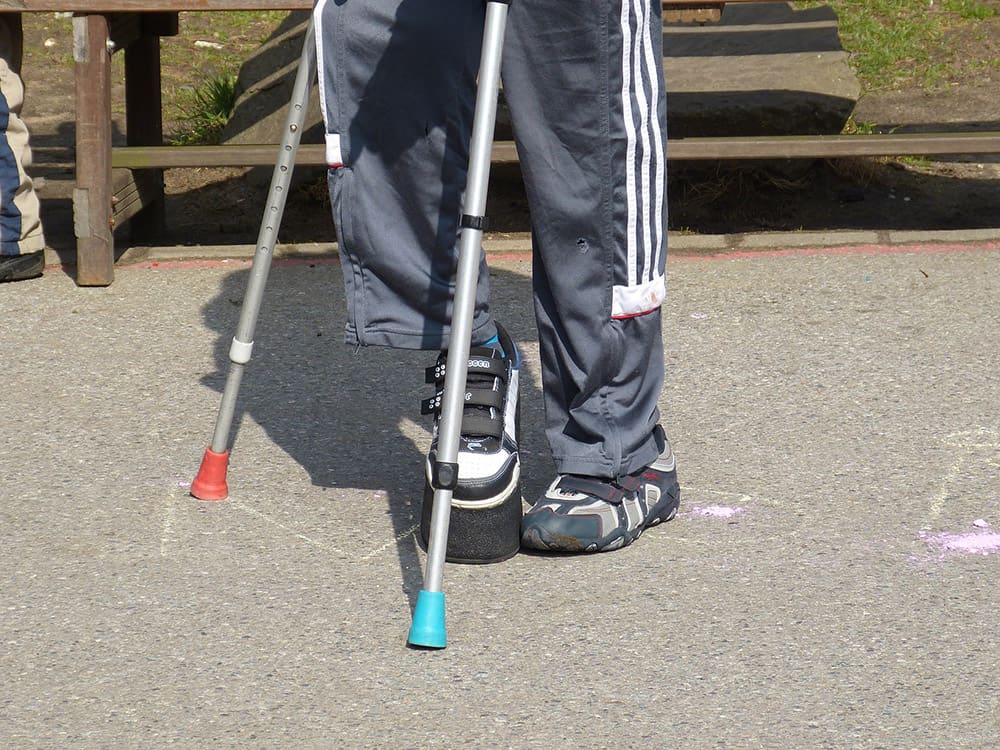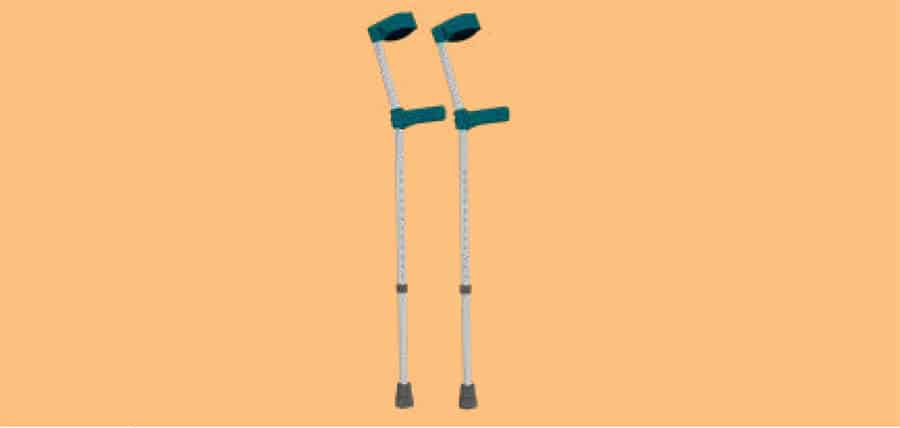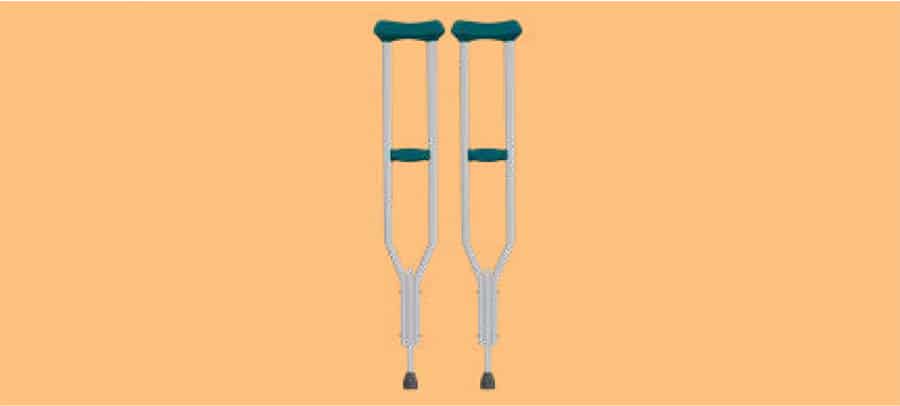Guidance for manufacturing and procuring crutches for elderly and disabled people

Following the publication of the World Health Organization’s (WHO) important global assistive technology guide, AT Today has broken down the key information about the functional and performance requirements for crutches.
These requirements are expressed in a procurement specification that forms the basis of a tender announcement, which suppliers use to formulate bids and the procurement team uses to evaluate bids received.
The information can be used as a model to guide manufacturing and procuring these daily living aids.
The main aim of WHO’s guide is to ensure countries get a supply of good quality and affordable assistive products for all who need them.
Below, AT Today has summarised the key information from the guide about manufacturing and procuring different types of crutches for vulnerable individuals. According to WHO, if manufacturers and procurement teams follow the specifications listed, it will ensure the high-quality provision of crutches.
For specific ISO reference points and tests, read the guide here.
Description and intended use
The guide defines crutches as: “Crutches are walking aids with elbow, underarm or forearm support and a single shaft fitted with a tip (ferrule). A single crutch or pair of crutches is intended for use by children and adults to support balance or weightbearing through the leg(s).”
This includes elbow, axilla and forearm crutches. However, walking sticks with or without seats, multi-tip walking sticks (e.g. tripods, quadripods), and lateral support frames are separate assistive technology categories, according to WHO.
General features
According to the assistive technology guide, a crutch has a straight or offset handle with an ergonomically shaped handgrip and a height-adjustable shaft fitted with a tip.
General design requirements
All crutches should be easy to adjust, strong and durable; have low deformation risk and high abrasion resistance; and be made from lightweight material, the assistive technology document notes. The tips of the crutch should be durable, non-slip and replaceable. Parts must be replaceable and made from materials that withstand the environment of use.
Size and weight
To ensure quality assistive technology products, manufacturers should provide the following information about all crutches across each of the specified size ranges:
- overall length
- height-adjustment range(s)
- maximum user weight
- unit weight
- handle height (axilla and elbow crutches)
- length of forearm support (forearm crutches)
- underarm pad (axilla crutches) or cuff (elbow crutches) to handle length
Environment of use
The independent living aids should be suitable for local terrain and conditions such as sand, rocky terrain, rain, ice and snow.
Lifespan
WHO says that each crutch should last for at least for five years, provided they are properly looked after in line with product instructions.
Accessories and spare parts
The following spare parts are required for each crutch:
- tips for different environmental conditions
- height-adjustment mechanisms
- individual components as spare parts
The following optional accessories can be required:
- padded handgrip covers
- cuff protectors
Functional requirements
Elbow crutches

Typical user
Elbow crutches are designed for short- or long-term use. Both children and adults might use elbow crutches if they need support to balance or bear weight through their legs.
Specific characteristics
This type of crutch specifically features cuffs, shafts and height-adjustment mechanisms, WHO says. Cuffs should be closed/semi-circles, have a hinged/fixed attachment and an ergonomically moulded handgrip.
Shafts should be height-adjustable and fitted with a tip, while the height adjustment mechanism should be quick-release. There should be a single height adjustment for the shaft only or a double-height adjustment for the cuff and shaft.
Requirements for standard configuration
Elbow crutches should come in three to four different sizes to suit paediatric and adult users, such as sizes for children, teenagers and adults. There should also be a dedicated bariatric range for individuals over 120kg.
These aids to daily living should also come completely assembled with an appropriate tip for the environment. Tips are to be securely fitted and made from durable rubber, the guide recommends.
Axilla crutches

Typical user
Designed for short-term use only, axilla crutches are designed for children or adults who need support to balance or bear weight through their legs.
Specific characteristics
Axilla crutches should come with cushioned underarm supports and ergonomically moulded handgrips. WHO says that the shaft should be height-adjustable and fitted with a tip. These daily living aids should feature a height adjustment mechanism that facilitates double height adjustment (handgrip and shaft).
Requirements for standard configuration
As with elbow crutches, axilla crutches should also come in three to four different sizes to suit paediatric and adult users, as well as have a plus-size range for individuals over 120kg.
Each crutch should come completely assembled with an appropriate tip for the environment, with tips securely fitted and made from durable rubber.
WHO advises that the shaft should have an adjustable height and be made from aluminium or wood. The height adjustment of the handgrip should be independent of the shaft’s adjustment, the guide underlines, with the handgrip commonly made from plastic.
Forearm crutches

Typical user
Children or adults can use forearm crutches for short- or long-term use. They are designed for individuals who need support to balance or bear weight through their legs and are unable to use standard handgrip due to hand or arm impairment.
Specific characteristics
The forearm supports should offer horizontal support and be moulded and cushioned. They should come with a hook-and-loop fastener.
Handgrips should come with a telescopic handle that rotates through 360 °, WHO adds. The shaft should be height-adjustable and fitted with a tip.
Additionally, the height adjustment mechanism should be quick-release and the shaft should feature a single height adjustment.
Requirements for standard configuration
Like the elbow and axilla crutches, forearm crutches should also come in three to four different sizes to suit paediatric and adult users, as well as have a bariatric range for individuals over 120kg.
The daily living aids should come fully assembled with an appropriate tip for the environment, with tips securely fitted and made from durable rubber.

